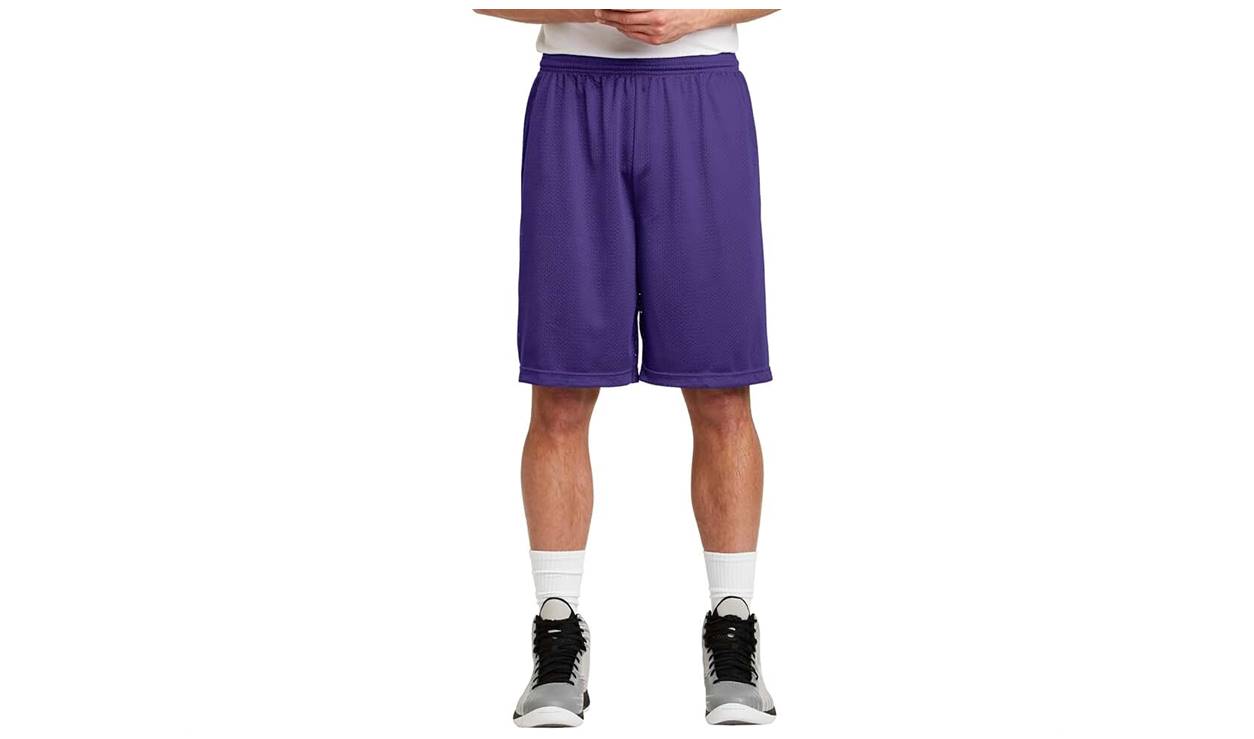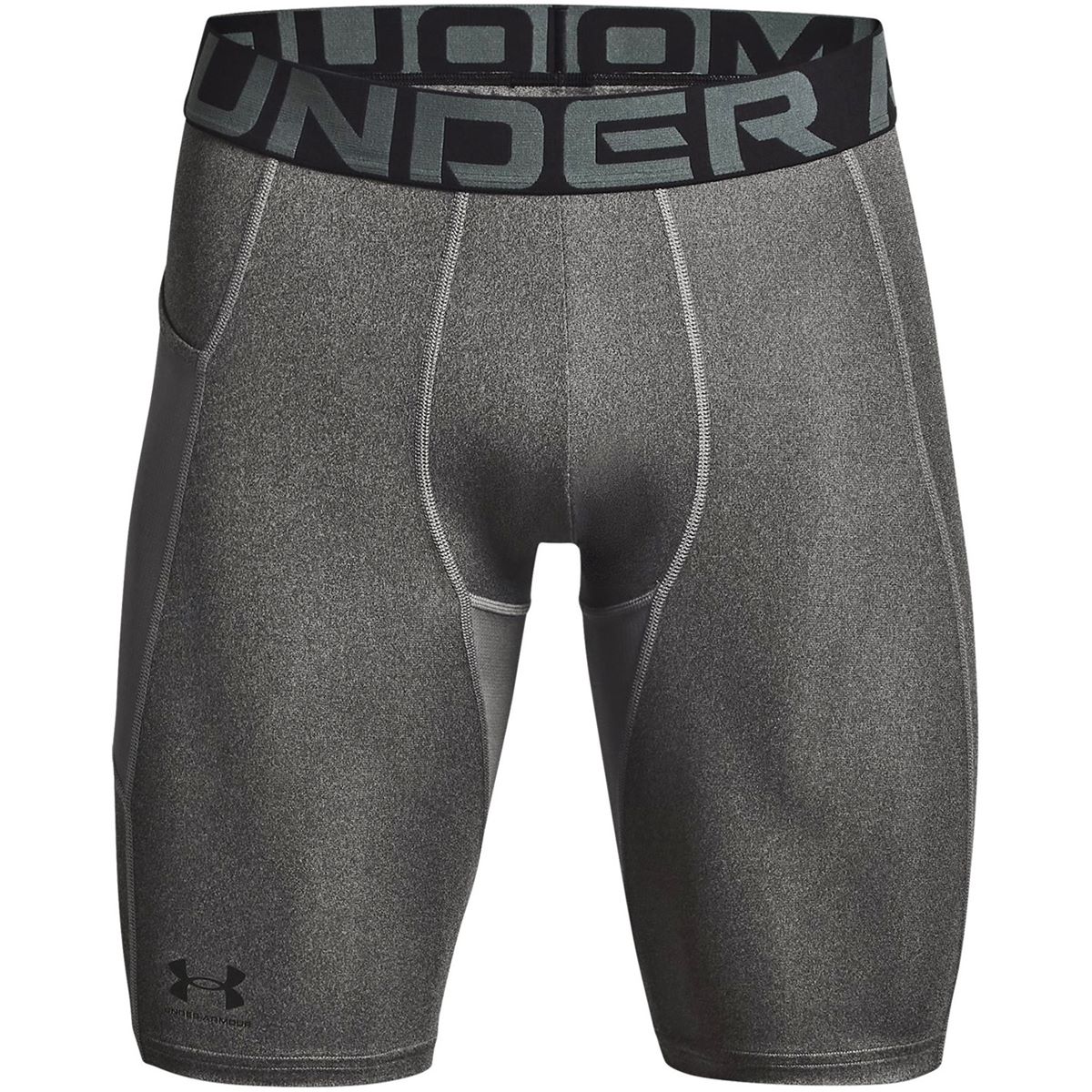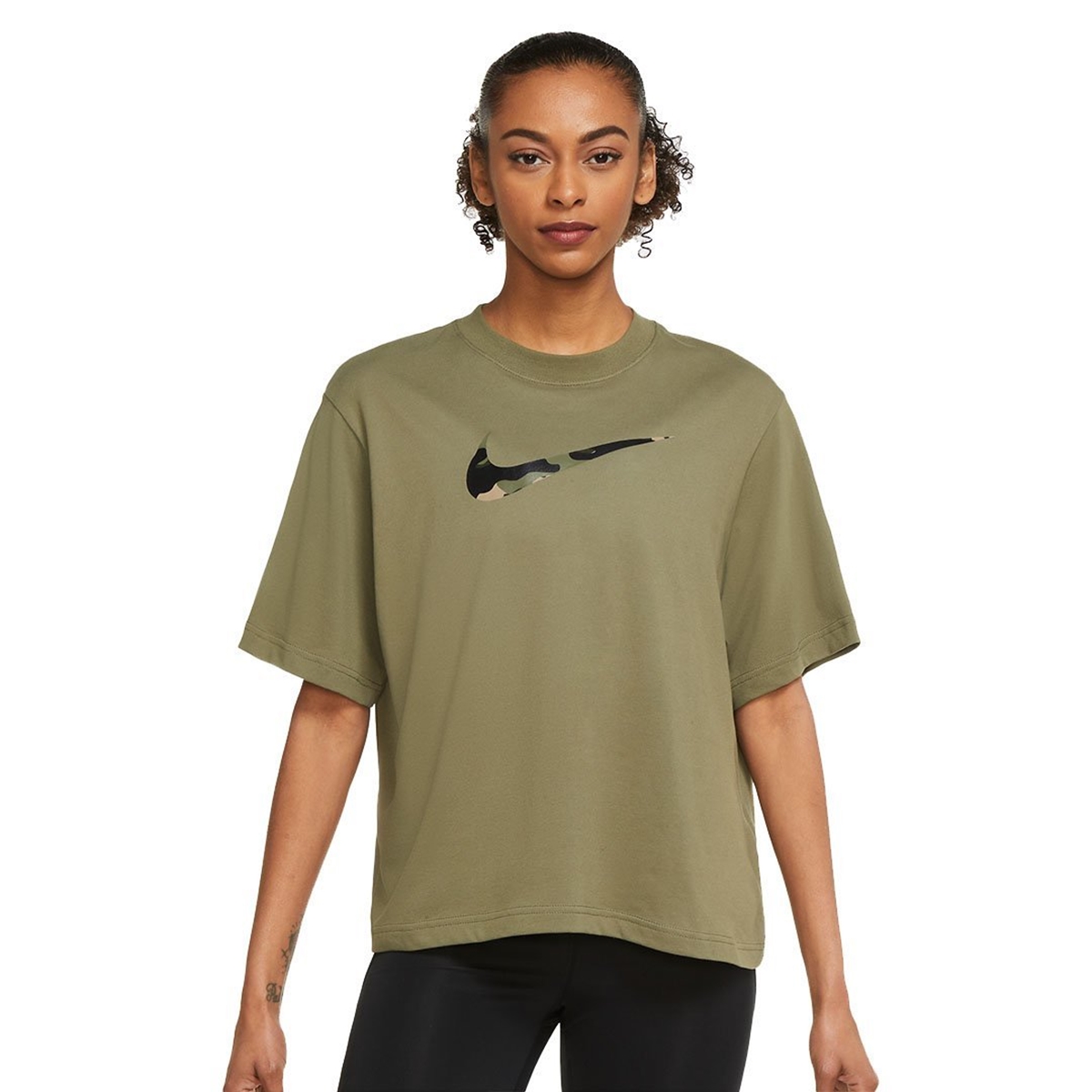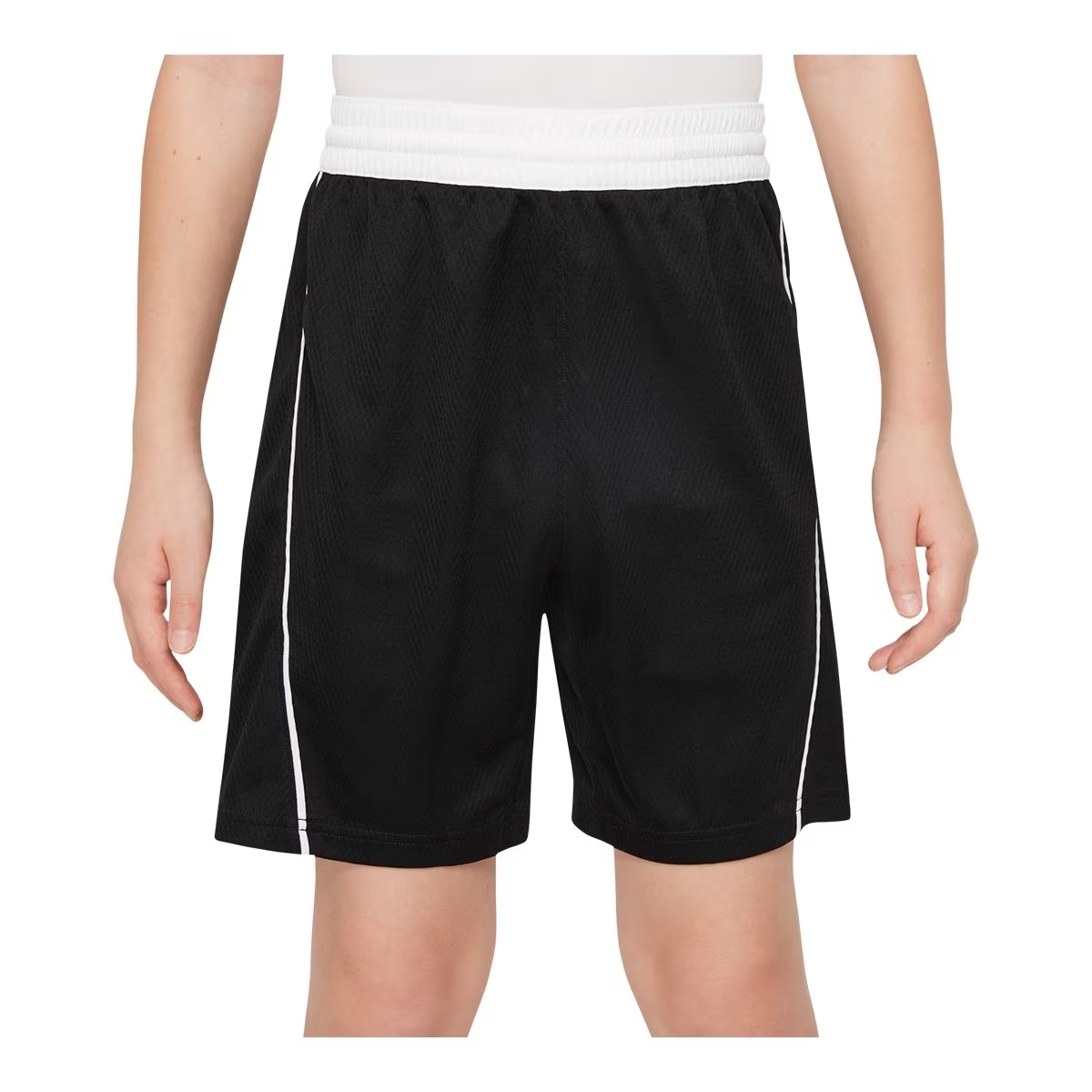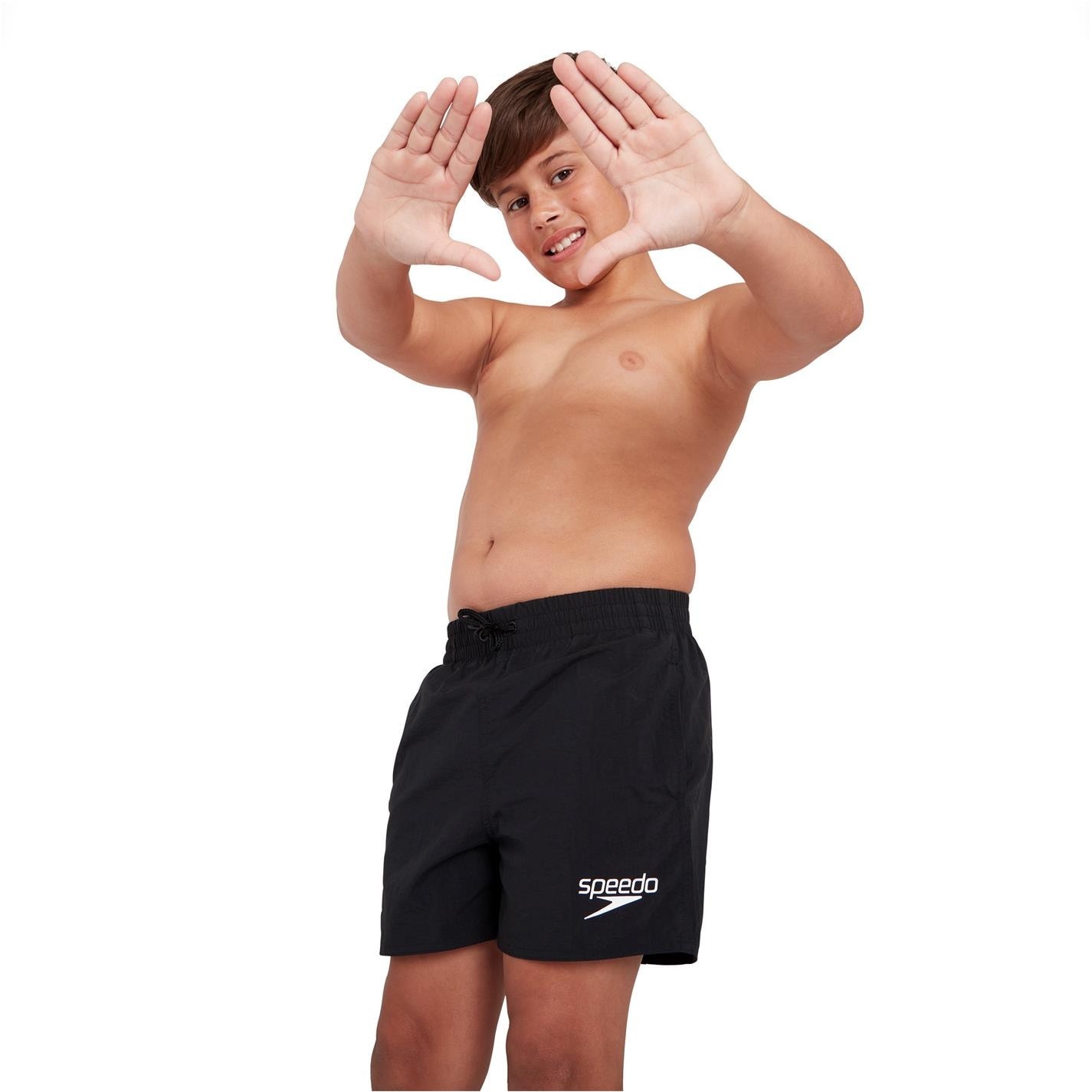Home>Misc>Featured>What Logo On Athletic Wear Looks Like A 6


Featured
What Logo On Athletic Wear Looks Like A 6
Modified: January 2, 2024
Looking for featured athletic wear? Check out our collection of stylish apparel with the logo that resembles a number 6. Shop now and stand out from the crowd!
Introduction
When you think of athletic wear, what comes to mind? Comfort, performance, and style are likely at the top of the list. But there’s one element that often goes unnoticed, yet plays a significant role in the overall appeal of these garments – logos.
Logos on athletic wear serve a dual purpose. On one hand, they act as a branding tool, instantly recognizable symbols that represent a specific athletic brand. On the other hand, they contribute to the overall aesthetic of the apparel, adding a touch of style and personality. Whether it’s the iconic swoosh of Nike, the three stripes of Adidas, or the roaring tiger of Puma, these logos have become synonymous with athleticism and quality.
But have you ever stopped to wonder how these logos came to be? Or why they look the way they do? In this article, we’ll delve into the fascinating world of athletic wear logos, exploring their origins, evolution, symbolism, and impact on sales. We’ll also shed light on some of the controversies surrounding these logos and discuss what the future holds for this integral part of the athletic wear industry.
The Origins of Athletic Wear Logos
The history of athletic wear logos can be traced back to the early 20th century when sports brands began to gain prominence. One of the earliest examples is the iconic “winged victory” logo of the German sportswear brand, Puma. Designed in 1948, this logo represented the brand’s commitment to speed and agility, characteristics that are synonymous with athletic performance.
Another pioneering brand in the world of athletic wear logos is Adidas. Founded in 1949, the brand rose to fame with its distinctive three-stripe logo. The three stripes were originally designed to provide added stability and support to the shoe. However, over time, they became a symbol of style and athleticism, adorning not only shoes but also apparel.
Nike, one of the most recognizable athletic brands in the world, was founded in 1964. Its logo, the famous swoosh, was designed by Carolyn Davidson, a graphic design student, in 1971. The swoosh symbolizes movement and speed, reflecting Nike’s commitment to innovation and performance.
These early examples paved the way for other athletic wear brands to embrace logos as a means of brand identification. Today, logos are an integral part of nearly every athletic wear brand, from global giants to niche players.
In the early days, logos were primarily used to establish a brand’s identity and differentiate it from competitors. They were simple yet impactful, often consisting of stylized text or minimalistic designs. Over time, however, logos became more intricate and complex, reflecting the evolving tastes and trends of the athletic wear industry.
With advancements in technology and design, logos became an opportunity for brands to express their unique personalities and ethos. Not only did they signify the brand, but they also represented the values and aspirations of the athletes who wore their products. Logos became a symbol of excellence and performance, serving as a source of inspiration for athletes and fans alike.
As the athletic wear industry grew, logos also began to incorporate cultural and regional influences. Brands sought to connect with their target audience by incorporating elements that resonated with their culture and heritage. For example, brands like Under Armour embraced patriotic themes, while others like Lululemon incorporated spiritual symbols to appeal to a specific demographic.
In summary, the origins of athletic wear logos can be traced back to the early 20th century when sports brands started gaining prominence. These logos were initially simple, representing the brand’s identity and differentiating them in the market. Over time, logos became more intricate, reflecting the evolving tastes and trends of the industry. They also began incorporating cultural influences and serving as symbols of excellence and performance.
The Evolution of Logos in Athletic Wear
Over the years, logos in athletic wear have undergone a significant transformation. What was once a simple branding tool has now become a powerful visual identifier and a key component of a brand’s marketing strategy.
In the early days, logos in athletic wear were often minimalistic and focused on typography. Brands used stylized text to create a distinct visual identity. Examples include the bold lettering of Champion and the futuristic font of Reebok. These logos were designed to be easily recognizable, even from a distance, and to evoke a sense of strength and energy.
In the 1980s and 1990s, logos became larger and more prominent. This era saw the rise of the “logo mania” trend, where brands showcased their logos in bold and eye-catching ways. Logos were splashed across T-shirts, jackets, and even accessories, making a strong fashion statement. Companies like Fila and Tommy Hilfiger embraced this trend, creating logos that became coveted status symbols.
However, as the new millennium approached, there was a shift towards more subtle and minimalistic logos. Brands like Nike and Adidas started to adopt a cleaner and simpler design approach, moving away from the heavy branding of the previous decades. This minimalist trend aligned with the growing demand for sleek and versatile athletic wear that could be worn both for physical activity and casual outings.
Today, logos in athletic wear have become more than just a symbol. They tell a story and evoke emotions. Brands have started incorporating storytelling elements into their logos, using symbols and imagery to reflect their values and mission. For example, the Nike “Just Do It” slogan, paired with the iconic swoosh, conveys a sense of determination, motivating athletes to push their limits.
The digital age has also influenced the evolution of logos in athletic wear. With the rise of social media and online shopping, logos must be instantly recognizable in small sizes and on various digital platforms. Brands have adapted their logos to be versatile and adaptable, ensuring their visual identity remains consistent across all mediums.
Additionally, collaborations between athletic wear brands and other industries have played a role in logo evolution. Collaborations with designers, celebrities, and even other brands have resulted in unique logo designs that cater to specific audiences and create buzz in the market. These collaborations not only boost brand visibility but also push the boundaries of logo design, creating fresh and innovative interpretations.
In summary, the evolution of logos in athletic wear has seen a shift from simple typography to bold and prominent designs before transitioning into a more minimalist and storytelling approach. Logos now tell a story and reflect brand values. They have also adapted to digital platforms and are often influenced by collaborations and partnerships that bring new creative interpretations.
The Symbolism behind Athletic Wear Logos
Athletic wear logos are more than just visually appealing designs; they often carry deep symbolism and meaning. Each element of a logo is carefully chosen to represent the values, heritage, and aspirations of the brand. Let’s explore some common symbols found in athletic wear logos:
1. Animals: Many athletic wear logos incorporate animals to convey traits like strength, agility, and speed. For example, the Puma logo features a leaping puma, symbolizing grace and power. The Under Armour logo includes a ferocious-looking bull, representing resilience and determination.
2. Nature: Nature-inspired symbols are used to reflect a brand’s commitment to sustainability and the outdoors. The Patagonia logo, for instance, depicts a mountain range, emphasizing the brand’s dedication to environmental conservation and outdoor exploration.
3. Abstract Shapes: Some logos opt for abstract shapes that evoke emotions or convey a brand’s futuristic outlook. The Adidas logo, with its iconic three stripes, represents movement and performance, while the Nike swoosh represents speed and accomplishment.
4. Typography: Bold and unique typography can be used to establish a brand’s identity and add a sense of style to the logo. The Champion logo, with its distinctive font, signifies strength and confidence in athletic performance.
5. National Symbols: In some cases, athletic wear brands incorporate national symbols to resonate with their target audience. For example, the New Balance logo includes the American flag, reflecting the brand’s roots as an American company.
6. Colors: The color palette of a logo plays a significant role in conveying emotions and associations. For instance, red is often associated with energy and power, while blue represents stability and trust. Brands carefully select colors to evoke specific feelings and align with their brand identity.
These symbols and elements within athletic wear logos are purposeful and aim to evoke a sense of connection and identification with the brand. They can inspire athletes and consumers, represent the brand’s values and mission, and ultimately create a distinct visual identity that sets them apart in the competitive athletic wear market.
The Impact of Logos on Athletic Wear Sales
The power of logos in the athletic wear industry cannot be underestimated. Logos play a crucial role in influencing consumer behavior and driving sales. Here are some ways in which logos impact the sales of athletic wear:
1. Brand Recognition: Logos act as visual identifiers that instantly connect consumers with a specific brand. A well-designed and recognizable logo increases brand recognition, making it easier for consumers to identify and choose products from their preferred athletic wear brand. This recognition translates into brand loyalty, repeat purchases, and ultimately, increased sales.
2. Aspirational Marketing: Logos in athletic wear often carry a sense of prestige, appealing to consumers’ aspirations to be associated with a particular lifestyle, athlete, or team. Brands leverage this symbolism to create a desire for their products, convincing consumers that wearing their logo will enhance their athletic performance or align them with a community of like-minded individuals.
3. Emotional Connection: Logos evoke emotions and a sense of identity. They serve as a visual representation of the brand’s values and personality. When consumers resonate with these values, they develop an emotional connection with the brand, leading to increased brand loyalty and a willingness to invest in products featuring the logo.
4. Social Influence: Logos in athletic wear often become a status symbol. Consumers are motivated to showcase their association with a particular brand by wearing the logo prominently. This social influence creates a domino effect, as others notice the logo and become curious about the brand, driving awareness and potential sales.
5. Authenticity and Quality Perception: Well-known logos in the athletic wear industry are often associated with high-quality products and superior performance. Consumers trust these logos as a guarantee of authenticity and reliable craftsmanship. Logos create a perception of value and quality, which can sway purchasing decisions and lead to increased sales.
6. Marketing and Merchandising: Logos play a crucial role in marketing and merchandising efforts. Whether it’s through advertising, endorsements, or collaborations, logos act as an attention-grabbing visual element that draws consumers to the brand’s products. Additionally, logos can be strategically placed on apparel and merchandise, turning them into walking advertisements and expanding brand visibility.
7. Online and Offline Visibility: In the digital age, logos are critical for online visibility. A well-designed and easily recognizable logo can make a brand stand out in an oversaturated online market. Logos also contribute to in-store visibility and recognition, attracting customers and encouraging them to browse and make purchases.
In summary, logos have a significant impact on athletic wear sales. They enhance brand recognition, create aspirational marketing, establish emotional connections, influence social behavior, shape perceptions of quality and authenticity, and increase both online and offline visibility. Athletic wear logos have become a powerful tool in driving sales and building brand loyalty within the highly competitive industry.
The Controversies Surrounding Athletic Wear Logos
While athletic wear logos have become a ubiquitous and essential part of the industry, they are not without their controversies. Here are some of the key controversies surrounding athletic wear logos:
1. Counterfeit and Knockoff Products: The popularity and recognition of athletic wear logos make them a target for counterfeiters. Counterfeit products featuring fake logos flood the market, deceiving consumers and tarnishing the reputation of both the brand and the industry. These knockoff products not only harm sales but can also pose quality and safety risks to consumers.
2. Brand Identity Theft: In an attempt to ride on the success and popularity of established brands, some companies mimic logos or create designs that appear similar to iconic athletic wear logos. This brand identity theft not only confuses consumers but also dilutes the original brand’s reputation and affects its sales and brand integrity.
3. Cultural Appropriation: Athletic wear brands have faced backlash for appropriating cultural symbols and imagery in their logos. Using sacred or culturally significant symbols without proper understanding or permission can be offensive to communities and lead to boycotts or negative publicity. Brands should navigate cultural influences respectfully and ensure they do not perpetuate harmful stereotypes or exploit cultural heritage.
4. Ethical Production Practices: In recent years, consumers have become more conscious of the ethical practices employed by brands in their supply chains. Some athletic wear logos have faced scrutiny when it was revealed that the products featuring the logos were produced under unethical conditions, such as sweatshops or exploitative labor practices. This controversy affects both the reputation of the brand and consumer perception, leading to a decline in sales and consumer trust.
5. Environmental Impact: As the world becomes more environmentally conscious, consumers expect brands to take responsibility for their impact on the planet. Athletic wear logos that are not eco-friendly or associated with brands that engage in unethical environmental practices can face criticism and reduced sales. Consumers are increasingly opting for sustainable and eco-conscious alternatives, shifting their loyalty away from brands with controversial environmental footprints.
Brands in the athletic wear industry must be mindful of these controversies and strive to address them proactively. This includes implementing robust anti-counterfeit measures, respecting cultural sensitivities, ensuring ethical and sustainable production practices, and engaging in transparent communication with consumers. By addressing these controversies, brands can rebuild trust, maintain sales, and foster a positive reputation.
The Future of Athletic Wear Logos
As the athletic wear industry continues to evolve, so too will the logos that adorn these garments. Here are some trends and possibilities for the future of athletic wear logos:
1. Minimalism and Simplicity: The trend towards minimalistic design is likely to continue, with brands opting for clean and simple logos that convey a sense of sophistication and versatility. Minimalistic logos are versatile across various platforms and can be easily recognized in a crowded market.
2. Customization and Personalization: With advancements in technology, brands can offer consumers the opportunity to customize their athletic wear logos. This could include personalized designs, color options, or even the ability to add personal initials or symbols. Customization adds a sense of exclusivity and allows consumers to truly make the product their own.
3. Sustainability and Eco-Friendly Design: As sustainability becomes increasingly important, athletic wear brands will prioritize eco-friendly materials and production methods. Logos may reflect this commitment to sustainability through green or nature-inspired elements, communicating the brand’s dedication to the environment.
4. Digital Integration: With the rise of wearable technology, logos may evolve to incorporate digital elements. Brands could explore embedding smart technology within logos, such as interactive displays or sensors that track performance metrics. This integration of technology and logos would enhance the functionality and engagement of athletic wear.
5. Dynamic and Interactive Logos: Logos that adapt and change based on user interactions or environmental factors could become a reality. For example, color-changing logos that respond to temperature or movement, creating an interactive and engaging experience for consumers.
6. Augmented Reality (AR) Integration: As AR technology becomes more accessible, logos could merge with augmented reality experiences. Consumers could use their smartphones or wearable devices to view additional content or unlock virtual rewards when interacting with the logo.
7. Collaborations and Limited Edition Designs: Collaborations between athletic wear brands and other industries will continue to create unique and limited-edition logo designs. These collaborations broaden the creative possibilities and attract a wider audience, driving sales and creating a buzz in the market.
As technology, sustainability, and consumer preferences evolve, the future of athletic wear logos will undoubtedly take on new forms. Brands will strive to create logos that resonate with consumers, reflect their values, and stand out in a highly competitive landscape. The possibilities are endless, and we can expect to see exciting innovations in the realm of athletic wear logos in the coming years.
Conclusion
Athletic wear logos have come a long way from simple branding tools to integral elements of the athletic wear industry. They not only represent brands but also contribute to the overall aesthetic and identity of the apparel. Logos evoke emotions, create a sense of identity, and connect consumers with their preferred athletic wear brands.
From the origins of athletic wear logos in the early 20th century to their evolution into intricate and symbolic designs, logos have played a vital role in shaping the industry. They have become powerful marketing tools, driving brand recognition, influencing consumer behavior, and increasing sales. Logos have the ability to inspire athletes, establish brand loyalty, and convey a sense of authenticity and quality.
However, along with their popularity, athletic wear logos have also faced controversies. Counterfeit products, brand identity theft, cultural appropriation, unethical production practices, and environmental concerns are challenges that brands must navigate to maintain consumer trust and sustain sales.
Looking ahead, the future of athletic wear logos holds exciting possibilities. Minimalism, customization, sustainability, digital integration, dynamic designs, and collaborations are trends that will shape logo design in the years to come. Brands will continue to innovate to create logos that resonate with consumers and reflect their values.
As the athletic wear industry continues to evolve, logos will remain a crucial component of branding and marketing strategies. They will continue to play a significant role in driving sales, building brand identity, and creating connections with consumers. By staying attuned to consumer preferences, embracing technology, and adopting sustainable practices, athletic wear brands can navigate the challenges and opportunities that lie ahead in the vibrant world of athletic wear logos.
